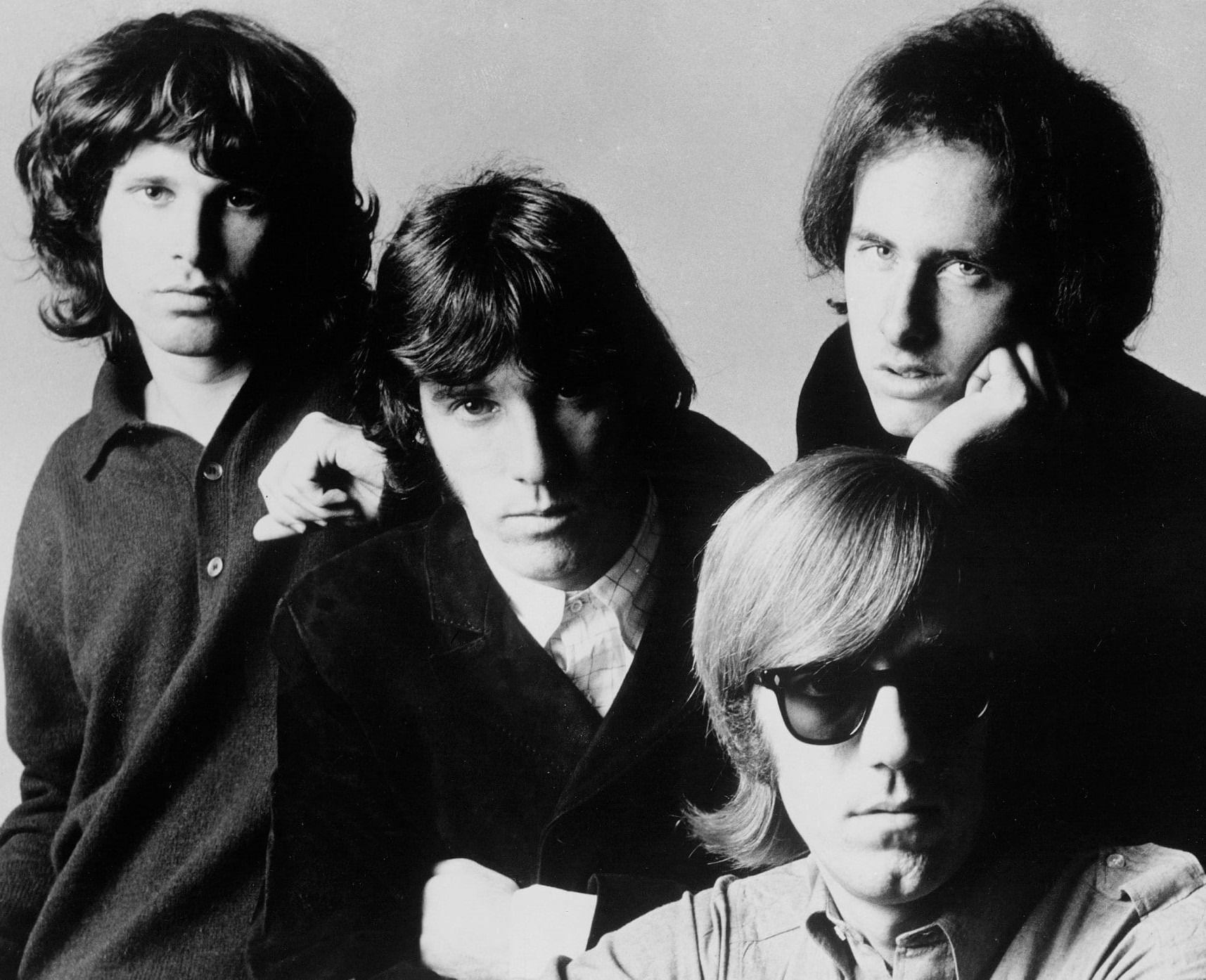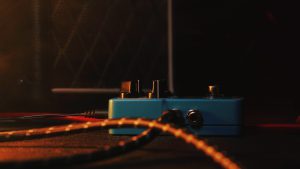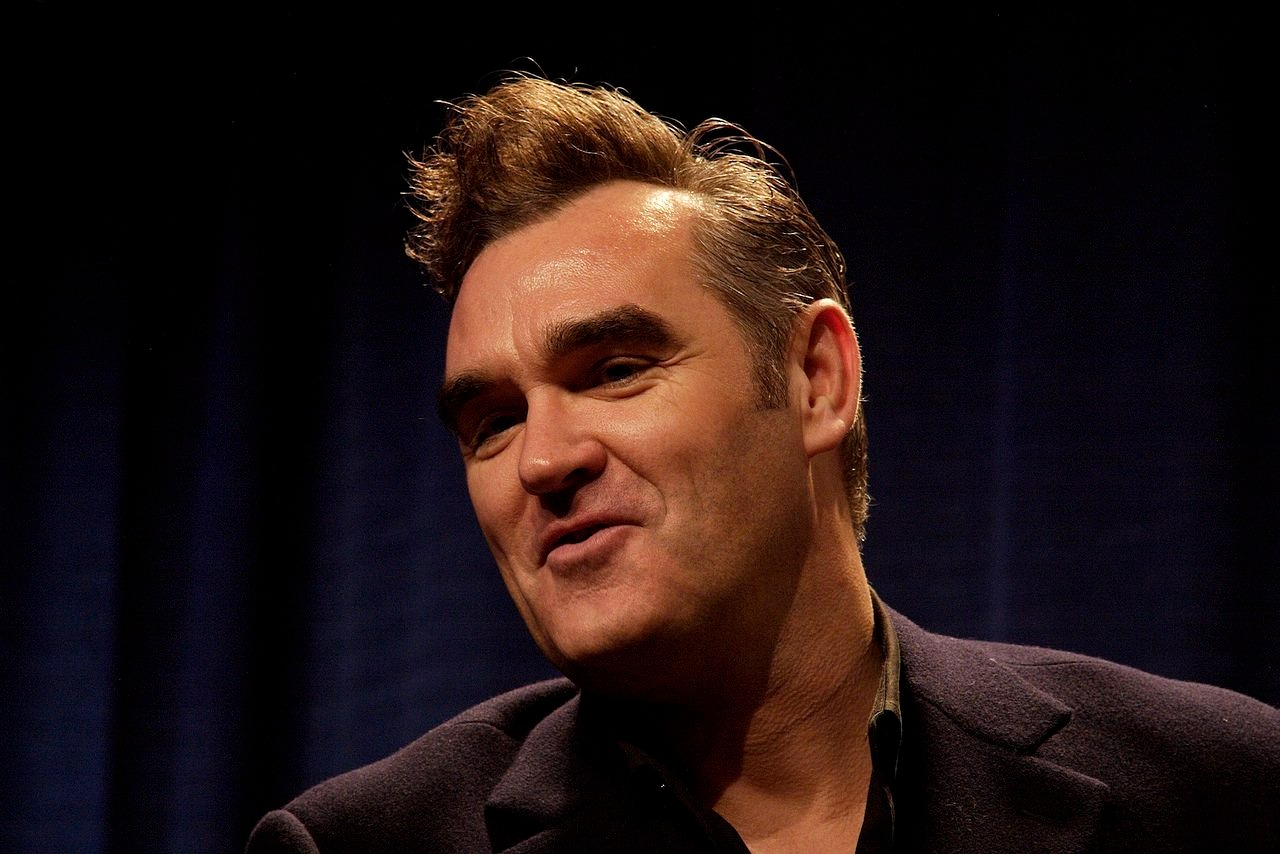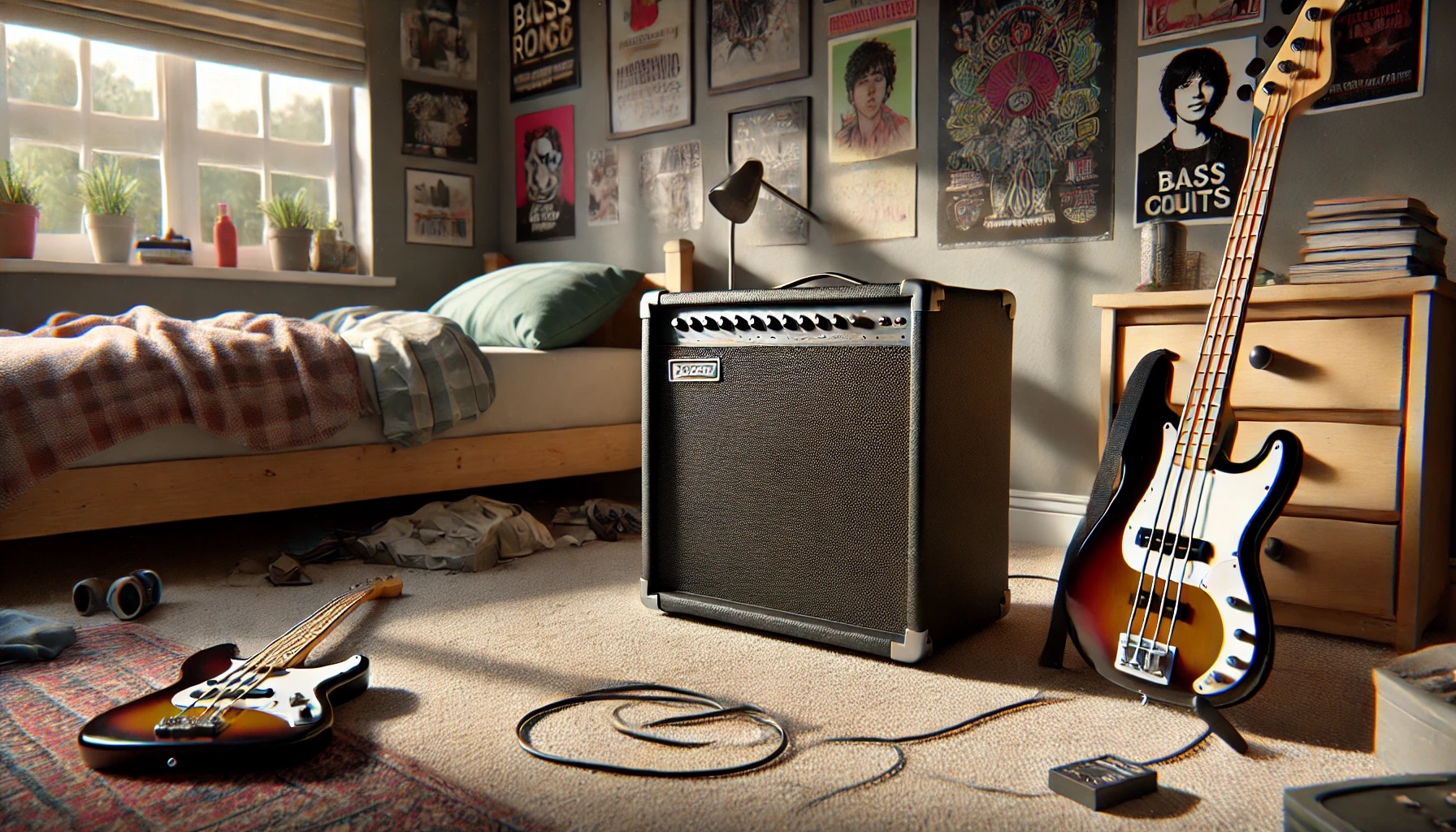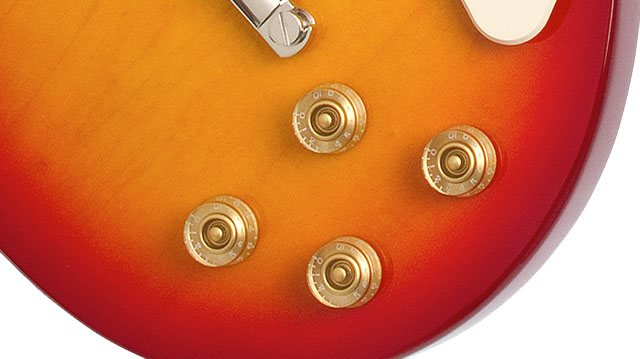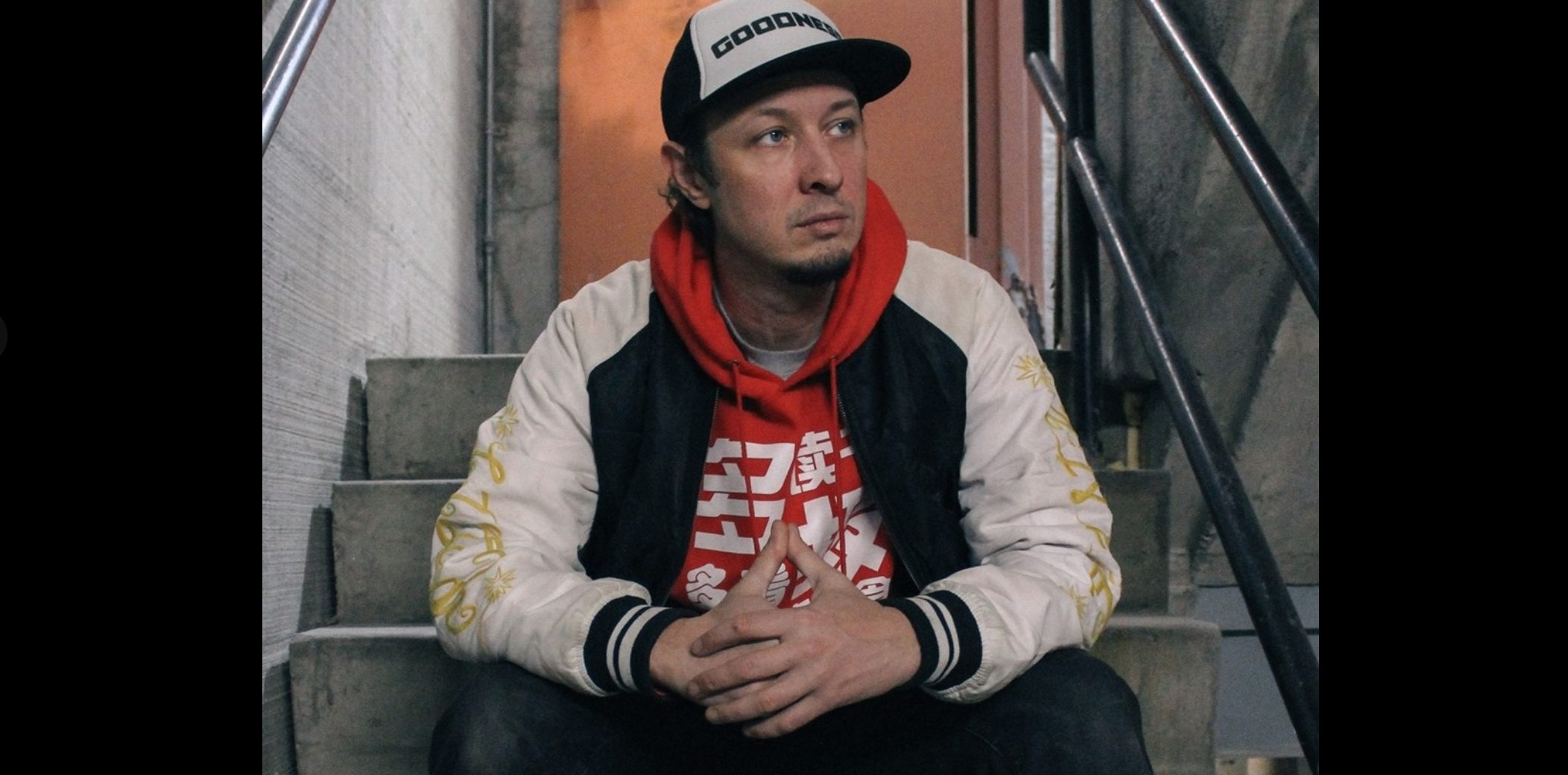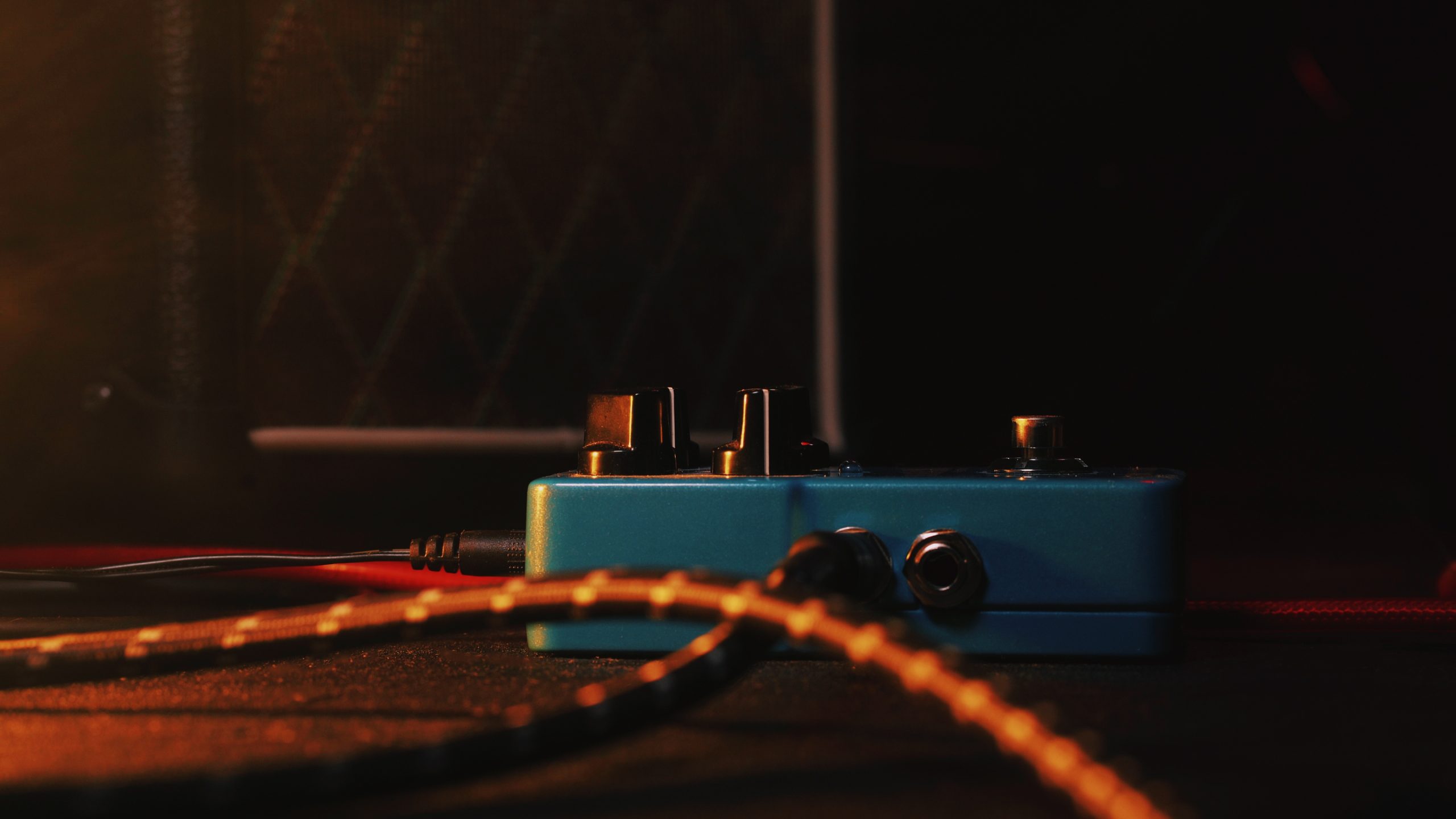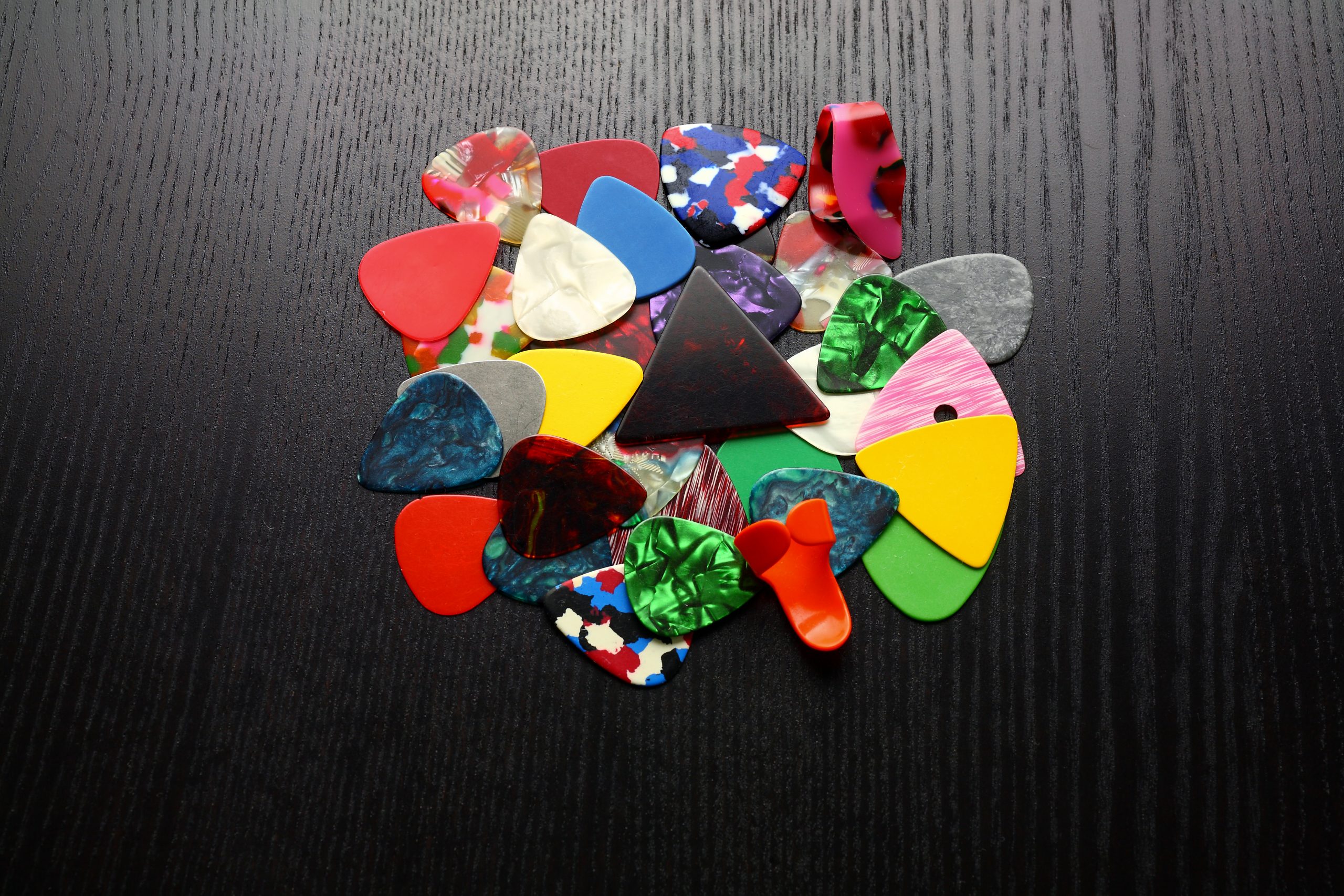When Performance Art Became Criminal Act
Morrison transformed the stage into a theater of confrontation that spiraled out of control.
Dinner Key Auditorium was a sweltering, stifling space waiting to erupt. March 1, 1969: 10,000-12,000 bodies crammed into an oversold venue with no air conditioning, and Jim Morrison stumbling in hours late after a day-long drinking bender. What started as The Doors‘ biggest tour opener became rock’s most infamous meltdown—the night that proved music could genuinely terrify the establishment.
Chaos by Design
The frontman deliberately provoked a crowd already pushed beyond their limits.
By showtime, tension was crackling through the humid air like feedback through blown amps. Morrison, inspired by avant-garde theater, began taunting the caged crowd with contradictory messages: “Love me” one moment, “You’re all a bunch of fuckin’ idiots” the next. He encouraged fans to rush the stage while wrestling with security, champagne soaking his bare chest. This wasn’t just rock rebellion—it was performance art designed to provoke.
The Incident That Never Was
The alleged exposure that destroyed The Doors remains hotly disputed five decades later.
Here’s where reality gets slippery. Morrison supposedly exposed himself to thousands of witnesses, yet key people present—including band members and promoter Ken Collier—swear it never happened. Collier testified under oath that Morrison asked, “Do you wanna see my ____?” but never actually exposed himself. According to surviving band member Ray Manzarek, it was “mass hypnosis”—the crowd saw what the cultural moment demanded they see.
Instant Career Death
Twenty canceled concerts proved that crossing certain lines carries permanent consequences.
The fallout was swift and brutal. Criminal charges came within days. Morrison surrendered to Los Angeles police on April 3rd. Twenty subsequent shows were canceled as venues refused to book the band. Miami issued a lifetime performance ban that outlasted Morrison himself. The Doors’ massive American touring career ended in a single, disputed moment of alleged indecency.
Legacy of Ambiguity
Even a posthumous pardon couldn’t restore what one chaotic night destroyed.
Morrison died in 1971 before his appeals concluded, convicted of crimes many witnesses insist never occurred. In 2010—four decades later—Florida authorities posthumously pardoned him, acknowledging the evidence was “ambiguous” at best. Yet the cultural damage was permanent. The Miami Incident became rock mythology precisely because nobody could agree on what actually happened that sweltering night when artistic expression collided with legal boundaries, changing both forever.


